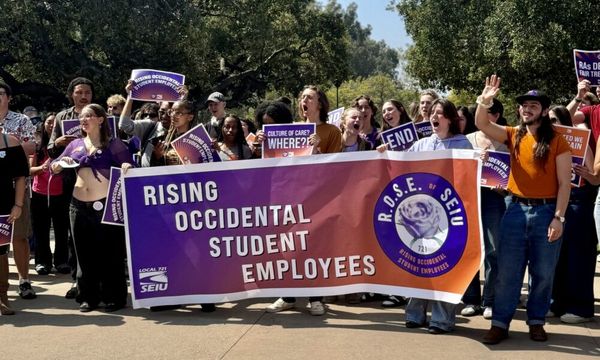
The National Company Law Appellate Tribunal (NCLAT) made a significant ruling on 27 January that will prove a major milestone in the evolution of insolvency resolution jurisprudence in India. The ruling set aside one provision of the resolution plan that fetched the Piramal Group the bankrupt Dewan Housing Finance Ltd. The ruling makes it clear that recoveries from fraudulent transactions undertaken prior to insolvency, meant to take funds out of the company, would accrue to the creditors of the company, rather than the entity that buys the resolved asset.
In November 2019, the RBI had superseded the board of DHFL, appointed an administrator and filed for the non-banking financial company’s resolution under the Insolvency and Bankruptcy Code. The company reportedly owed around ₹90,000 crore to assorted creditors, had defaulted on loan service obligations and reports of various governance failures had emerged. DHFL was associated with the investments that had gone wrong with Yes Bank, which, too, was subjected to a forcible management change by the RBI. The DHFL administrator accepted credit claims of ₹87,250 crore, subsequently.
Piramal Capital and Housing Finance Ltd, a part of the Ajay Piramal group, emerged the successful resolution applicant, offering to pay ₹34,250 crore for the company, comprising upfront payment of ₹14,700 crore and ₹19,550 crore in non-convertible debentures (NCDs) that mature in 10 years and carry a coupon of 6.75% per annum (imagine a realty company being able to raise 10-year money at just 50 basis points over what the sovereign would have to pay!).
The provision that the NCLAT took objection to related to future recoveries of transactions by DHFL prior to bankruptcy that could be dubbed fraudulent or wrongful under the Insolvency and Bankruptcy Code, specifically under Section 66 of the code. Under the resolution plan that the Committee of Creditors (CoC) approved, future recoveries would accrue to the buyer of the resolved entity, that is, the Piramal Group. The law says that recoveries of the proceeds of fraudulent or wrongful transactions would go to the creditors. The amount involved in suspect transactions in DHFL’s case is ₹45,050 crore.
In the resolution plan approved by the CoC, the value of proceeds from Section 66 recoveries was put at ₹1. A holder of NCDs issued by DHFL prior to bankruptcy — not to be confused with the NCDs that Piramal would issue to DHFL’s creditors — had challenged this provision on the ground that this was contrary to the law. The successful litigant is 63 Moons, the new avatar of Financial Technologies founded and led by Jignesh Shah. Out of the total of ₹87,000 crore owed by DHFL, 63 Moons’ claims are only for ₹224 crore, including interest. But the legal challenge it has raised matters for all future insolvency resolution.
In the jargon of insolvency resolution, attempts by the debtor to avoid the full extent of recovery of dues by undertaking transactions that take money out of the company and, presumably, out of the reach of insolvency proceedings, are called avoidance transactions. Such transactions hide assets, transfer assets to friends and family, create artificial liabilities. Their common characteristic is to privilege some creditors over others. While initiating insolvency, the administrator is supposed to file avoidance applications for specific transactions.
In DHFL’s case, avoidance applications have been filed for a total of ₹45,050 crore, a surprising number of the transactions being with companies that brazenly have Wadhawan, the promoters’ name, emblazoned on their corporate banner. The insolvency code says that such transactions should be reversed and the proceeds should go to the creditors of the bankrupt debtor. The Delhi high court is the appellate court for NCLAT rulings, and the court has, in one case, known as Venus Recruiters, ruled unequivocally that the realization from avoidance assets should accrue (enure, in the argot of the law) to the creditors, and not to the successful buyer of the resolved asset.
Piramal is bound to challenge this ruling of the appellate tribunal, to retain his claim, approved by the CoC, over future realisations of avoidance filings. Now, the CoC has complete authority over commercial judgment over resolution proposals. But the question is, does the CoC have the right to override a provision of the law that says realizations of avoidance assets would accrue to creditors and gift these to the successful buyer (resolution applicant, in the jargon), dressing up the decision as commercial judgment?
Suppose a seller and a buyer agree on a price for an object of sale, both having exercised commercial judgment. This is kosher, right? Suppose the object of sale is a child or — to reduce the scale of moral repugnance the example exudes, and to narrow the focus to illegality — an endangered animal. Does the exercise of commercial judgment make the transaction kosher?
Expect the Supreme Court to decide on the matter, sooner or later.







